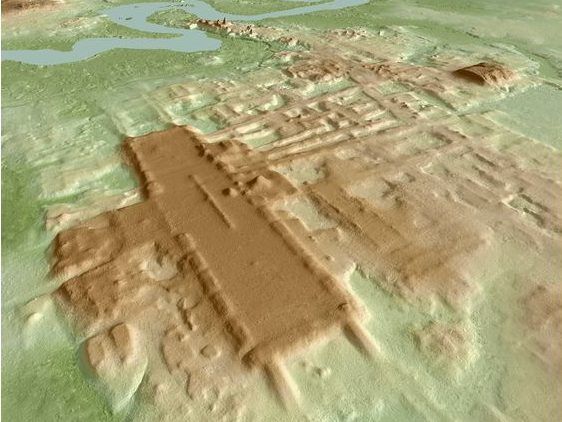Author of the article:Reuters
Publishing date:12 hours ago • 1 minute read

A three-dimensional image of the ancient Maya Aguada Fenix site in Mexico's Tabasco state based on lidar, an aerial remote-sensing method, is seen in this picture released on June 3, 2020. TAKESHI INOMATA / VIA REUTERS
WASHINGTON — Scientists using an aerial remote-sensing method have discovered the largest and oldest-known structure built by the ancient Maya civilization – a colossal rectangular elevated platform built between 1,000 and 800 BC in Mexico’s Tabasco state.
The structure, unlike the soaring Maya pyramids at cities like Tikal in Guatemala and Palenque in Mexico erected some 1,500 years later, was not built of stone but rather of clay and earth, and likely was used for mass rituals, researchers said on Wednesday.
Located at a site called Aguada Fenix near the Guatemalan border, the structure measured nearly a quarter mile (400 meters) wide and nine-tenths of a mile (1,400 meters) long and stood 33 to 50 feet (10 to 15 meters) high. In total volume, it exceeded ancient Egypt’s Great Pyramid of Giza built 1,500 years earlier.
There were no signs of sculptures depicting high-status individuals, suggesting Maya culture at this early stage was more communal and only later developed social inequality and a hierarchical society led by royalty, the researchers said.
More:
https://windsorstar.com/technology/oldest-and-largest-ancient-maya-structure-found-in-mexico/wcm/1ad07247-c33b-4634-9610-6f891bfa8680/
 = new reply since forum marked as read
= new reply since forum marked as read
